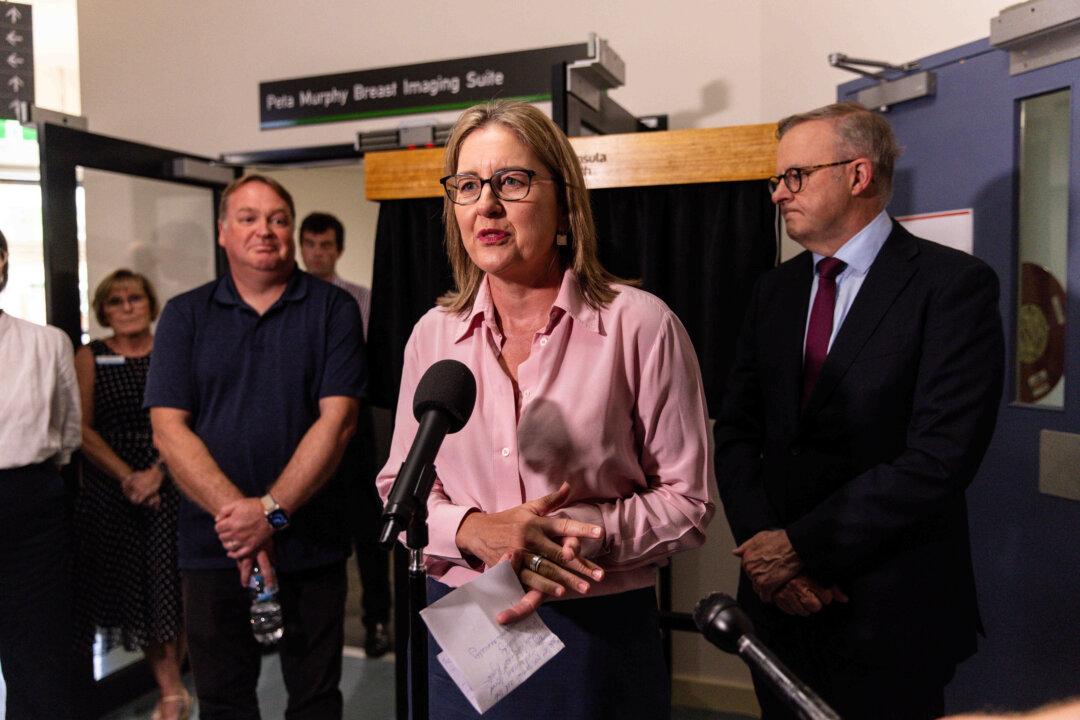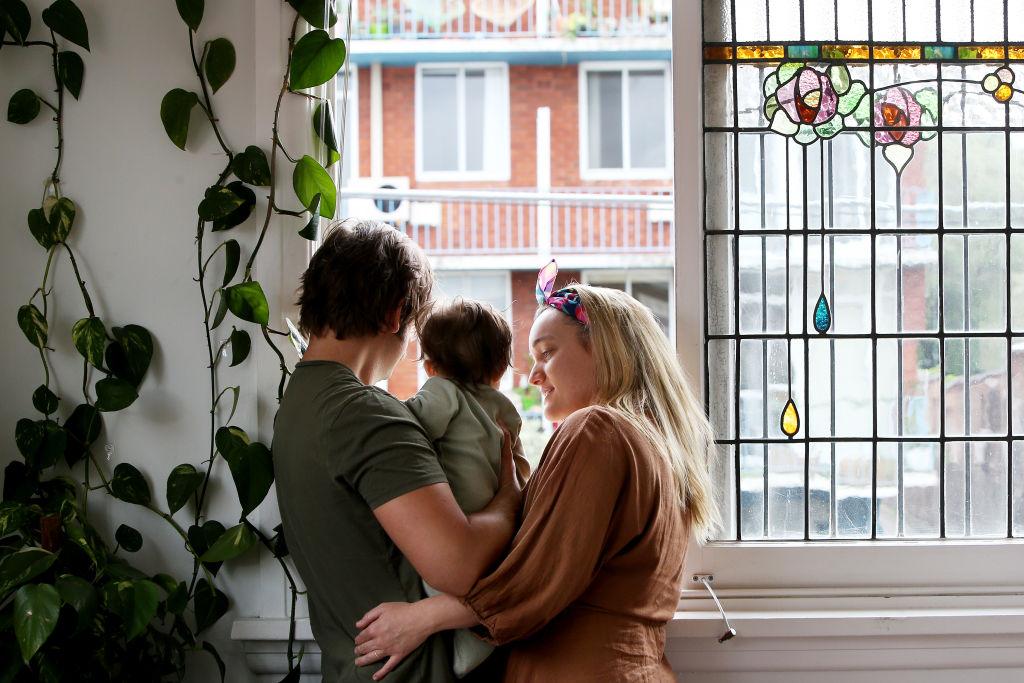Victorian nurses and midwives will receive a wage increase of 28.4 percent by November 2027 as part of a new deal struck between their union and the Allan Labor government.
The change was announced after Australian Nursing and Midwifery Federation (ANMF) members took industrial action for 51 days since May 7, including shutting down one in four hospital beds, to call for better pay and conditions.




